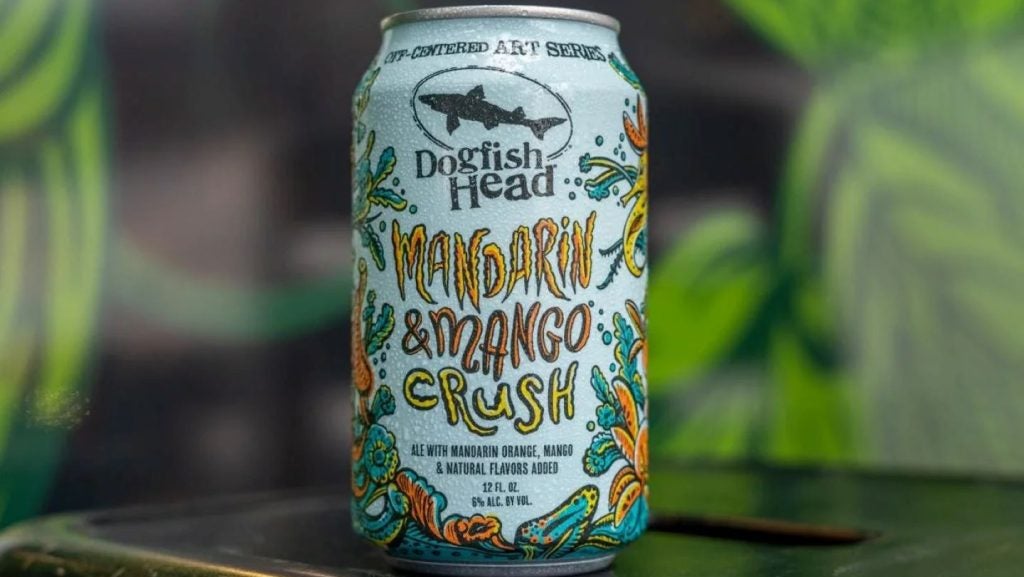With a laptop and reliable Internet connection, these days one can tap out a column anywhere in the world; I’d have been OK even in Iceland, where perversely the main international airport remains open for business despite a never-ending spew of volcanic ash. There’s a caveat, as far as I’m concerned, however: anywhere, as long as the beer is good.
And there’s the rub: I’m just back from Chicago, having attended the annual Craft Brewers Conference, and have come away a changed man. Back home in Blighty, I poured a premium lager of international renown – and found it dull, unchallenging and lacking in character, despite its effervescent carbonation and promise of refreshment.
Before Chicago, this lager would have been okay, would have been enjoyed on some level, would have quenched my thirst, certainly; now, not so much. A week amongst the fruits of America’s mad-for-the next-challenge craft brewing fraternity will do that to you. This, my friends, is where the world’s understanding of beer is being reshaped, its horizons stretched beyond recognition.
You like hops? Add some more, and at some point a Goose Island IPA with 55 bitterness units seems normal. Compare this to Pilsner Urquell, for example, which, at approximately 40 bitterness units, is at the top end of bitterness amongst well-known international brands.
Higher strength beers are also on the increase; there’s certainly a zeal for matching beer with food on the back of this. The taste sensations on offer just keep coming – one of the social highlights was a Rare Beer Tour, organised by Louis Glunz Beer, Inc, with delights too numerous to mention. Rare isn’t quite the word; there was enough on offer to accommodate 750 delegates on the night.
The accompanying World Beer Cup dinner and awards offered further evidence of outside-the-mash-tun creativity. The discussion amongst brewers touched at various points on peanut butter and jelly flavoured beer and the possibility of a turkey-flavoured beer. This all may seem a tad silly, or improbable, to an outsider, but it turns out the former has already been attempted, by Shorts Brewing Co of Bellaire, Michigan. (Beer rating websites generally give it two thumbs up, at least that the beer tasted like PB&J; I can’t personally attest to its charms.)
How well do you really know your competitors?
Access the most comprehensive Company Profiles on the market, powered by GlobalData. Save hours of research. Gain competitive edge.

Thank you!
Your download email will arrive shortly
Not ready to buy yet? Download a free sample
We are confident about the unique quality of our Company Profiles. However, we want you to make the most beneficial decision for your business, so we offer a free sample that you can download by submitting the below form
By GlobalDataThe majority of the World Beer Cup medals were won by US-based craft brewers – an indication that the WBC needs to become more internationalised, certainly, a point acknowledged by its organisers – and as such the WBC competitions serve as a broad barometer of where the American craft brewing industry is heading. The top three competitions, according to the number of entries, were: Wood and Barrel-Aged Strong Beer; Herb and Spice Beer or Chocolate Beer; and American-Style India Pale Ale. The general point here is that big flavours are what are being sought.
There’s no evidence that spending on raw materials and pushing the boundaries on flavours is a bad business plan. Quite the opposite: as has been noted previously in this column, US craft beer sales continue to move upward; the Brewers Association, the craft brewers’ trade body, estimates a 7.2% gain in volume and 10.3% uplift in sales over 2009, a heady performance on the back of a similar uplift in 2008.
And, there’s more to come. There were numerous reports from suppliers at the accompanying trade exhibition of being approached by individuals and companies looking to enter the craft beer market. The consensus was that these weren’t individuals rushing in akin to a gold rush, but people backed with business plans and marketing sensibilities.
What does all this mean for the rest of the world? Across the Atlantic, there’s a quiet boom underway in British brewing. The beer segment headline figures have been horrific over the past two years but cask ale, the favourite of British craft brewers, has outperformed the market and even returned to growth, albeit slightly, in its own right.
Yet the real surprise is the transformation of the industry itself. According to research undertaken by The Brewery Manual 2010, the number of smaller breweries – those producing less than 30,000 hectolitres annually – has more than doubled since 2002. Of the 736 breweries listed, 424 have come into commercial life since 2002, the year when the then-Chancellor, Gordon Brown, introduced sliding scale duty, which effectively halved beer duty for producers of less than 3,000hl annually.
As the figures attest, sliding scale duty has boosted brewing activity. Many – the majority – of these small brewers are wedded to the fortunes of cask ale. There is some activity stirring in regards to barrel-aging, even amongst more established brewers such as west London’s Fuller’s. The Supreme Champion in this year’s Society of Independent Brewers awards was Triple Chocoholic from Saltaire Brewery, as the brand name suggests with additions of cocoa in the boil, chocolate syrup in the fermenter and chocolate essences directly in the cask.
The concern, however, is that British microbrewers aren’t doing enough to differentiate themselves in a difficult market. Cask ale is all well and good; it offers the hard hit pub trade a USP over cheaper supermarket alternatives and thus a built-in base of potential customers. But, as Chicago attests, it’s certainly not the only beer style (or, as some would have it, method of beer production).
One to watch is a new trade association, Lager of the British Isles. Founded late in 2009, the organisation began with just six member brewers, each dedicated to brewing unpasteurised lager from ”honest ingredients” with a minimum of six weeks maturation. Given that, according to the British Beer & Pub Association, roughly three-quarters of British beer volume is lager, brewers seeking new audiences – consumers who want taste, desire something challenging, and willing to pay a premium for the experience – could have found the beer style with which to make a difference.
In other words, if 75% of consumers want widgets and the vast majority of your competitors are producing wodgets, wouldn’t you, as a producer, be better placed in the widget market?





